Most people experience sore muscles after a workout or exercise. But knowing how to get rid of sore muscles overnight makes exercise much easier.
Whether it’s from a strenuous workout or simply from spending too much time in one position, aching muscles can ruin the day. While there is no surefire way to get rid of sore muscles overnight, these tips can definitely help ease the pain and discomfort.
What is the fastest way to get rid of muscle soreness?
There are several things you can do to speed up the muscle recovery process and, very likely, do it overnight. Here are 7 timeless tips to help get rid of sore muscles overnight:
Static Exercises
People who know how to get rid of the pain after workouts know it’s important to cool muscles down immediately after an exercise routine. And static stretches are a great way to cool down post exercise prevent muscle pain the next day.
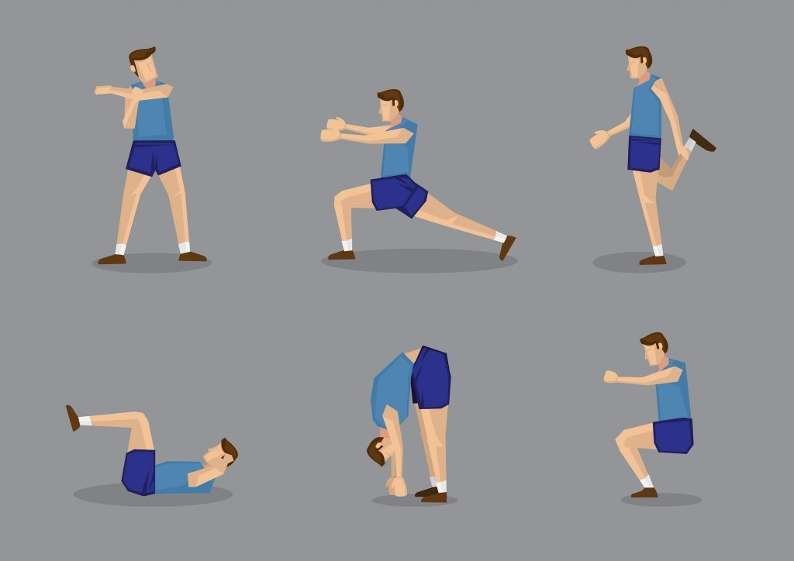
What Are Static Stretches?
A static stretch is a passive stretch where you assume a position and hold it for a period of time, usually about fifteen to thirty seconds. Static stretching after exercise can help reduce muscle soreness by lengthening muscles that are tight, improving your range of motion and flexibility.
To perform a static stretch, simply assume the desired position and hold it for the specified period of time.
You may feel a gentle pulling sensation as your muscles lengthen, but you should not feel any pain. If you do feel pain, ease off the stretch slightly until you find a position that is comfortable.
Why You Shouldn’t Skip Your Cool Down Routine
When you feel like hopping right back into your street clothes after your workout, remember to take a few extra minutes to slow down and cool down.
Light Aerobic Exercise
You just finished your exercise routine or workout, so the last thing you might want to do is go for a walk or a light jog. But, if you want to know how to get rid of muscle soreness overnight, some form of light aerobic exercise immediately after your workout is a key!
The low-impact nature of walking, cycling, or even swimming helps to increase blood flow to your muscles without putting too much strain on them. This can help to speed up the recovery process and reduce inflammation. So if you’re feeling sore after a workout, consider this:
The important thing is to keep the body moving and the blood flowing in an easy manner for a few minutes. This will help to increase circulation and reduce inflammation. Listen to your body and start with a level that is comfortable to avoid adding even more soreness.
Foam Rolling
When you exercise, your muscles are subjected to a lot of stress and strain. This can lead to soreness, stiffness, and even injury. Foam rolling is a great way to relieve these symptoms.
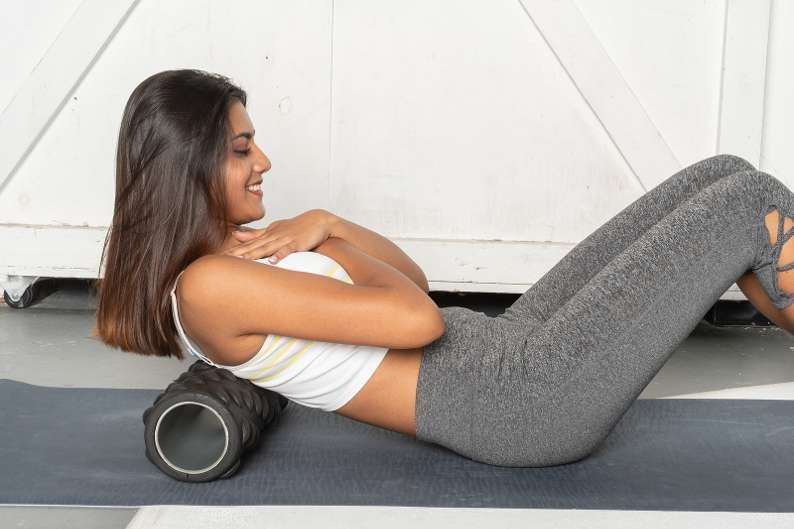
By rolling over specific muscle groups with a foam roller, you can help to increase blood flow and reduce muscle tension. This is one of the best ways to treat sore muscles and can lead to quicker recovery times and less pain after exercise.
Foam rolling is also a great way to warm up before a workout or cool down afterwards. By spending just a few minutes rolling out your muscles, you can help to improve your range of motion and prevent injuries. Whether you’re an experienced athlete or just starting out, foam rolling works, and is a great way to care for your muscles post workout.
Massaging the muscles can also help to reduce pain and inflammation. It can also increase blood flow to the area, which will speed up the healing process.
Ice Packs
Applying ice after exercise is a popular home remedy and can help reduce inflammation and pain. But does it actually work?
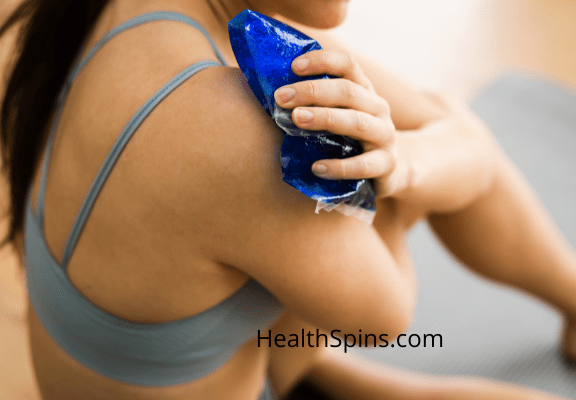
The jury is still out, but there’s some evidence that ice can help reduce inflammation and pain. One study found that people who applied ice to their after exercise had less pain and stiffness than those who didn’t use ice. (I swear by it!)
Simply wrap an ice pack in a towel and apply it to the affected area for about 15 minutes. You can do this several times a day, as needed. Ice is an effective and inexpensive way to relieve sore muscles, so be sure to give it a try after your next workout.
Warm Bath
When you’re wondering, “How do you get rid of soreness overnight?” Spend some time in a hot or warm bath.
Taking a warm bath can help to reduce pain and inflammation.

The heat helps to relax the muscles and reduce inflammation. The heat helps to increase blood flow to the affected area, which speeds up the healing process. In addition, the warmth helps to relax the muscles, reducing pain and stiffness.
Adding Epsom salt to the bath can also help relieve pain by drawing out excess fluid and toxins. For even more relief, try adding a few drops of essential oil to the water. A warm bath is a simple and effective way to find relief from sore muscles after a workout or an injury.
So next time you’re feeling sore after a workout, try soaking in a warm bath for 20–30 minutes. You’ll likely find that your soreness disappears quickly.
Over the Counter Drugs
Anyone who has ever worked out knows the importance of having a good over the counter anti-inflammatory drug on hand for sore muscles. Let’s face it, exercise can be tough on the body, and sometimes we need a little help in order to recover from our workout overnight.
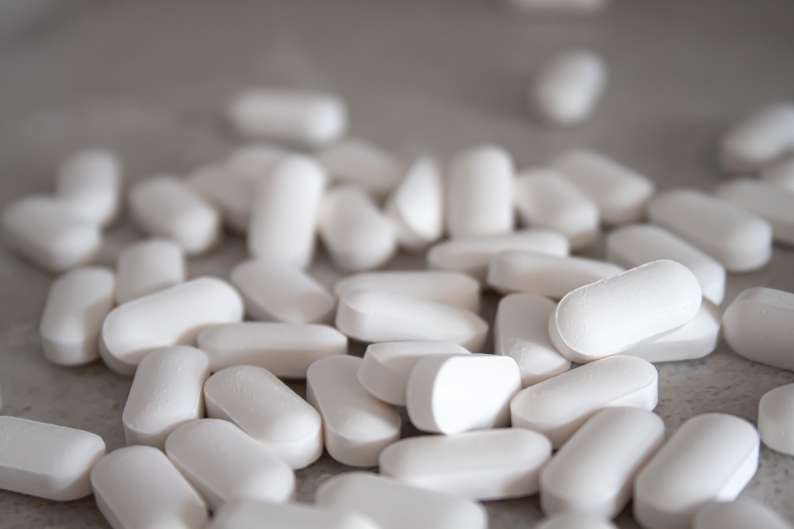
What is the fastest way to get rid of muscle soreness?
If you’re looking for the fastest pain relief for muscle pain, I would have to say Nsaids. In fact, because nsaids help with inflammation, they could be an overnight cure?
Over the counter anti-inflammatory drugs help to reduce inflammation and swelling, and they can also help to relieve pain. In addition, they can help to improve blood flow and promote healing.
While there are many different brands and formulations of over the counter anti-inflammatory drugs, they all share the same goal of helping us feel better after a workout.
What is The Best Pain Reliever for Sore Muscles After A Workout?
While there are a variety of over-the-counter pain relievers available, not all of them are equally effective at treating muscle pain.
For the best results, reach for a product that contains ibuprofen or aspirin. Both of these active ingredients have proven to be highly effective at reducing inflammation and relieving pain.
In addition, consider using a topical cream or ointment that can be applied directly to the affected area.
For especially severe pain, or unexplained muscle soreness, you may need to consult with a doctor to discuss possible medical problems and prescription medicines.
Protein Supplements
There are many benefits to taking protein supplements after a workout. For one, they help to promote muscle growth and repair. This is because protein is essential for the synthesis of new muscle tissue.
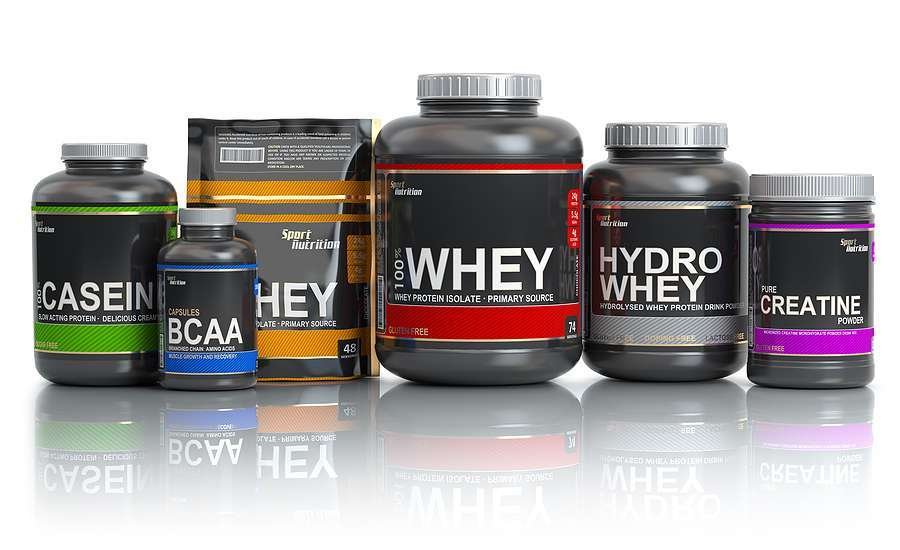
In addition, protein supplements can help to reduce soreness and fatigue after a workout because they help replenish the body’s glycogen stores, which are depleted during exercise.
Finally, protein supplements can also help to boost immune function. This is important because exercising can put stress on the body and make you more susceptible to illness.
However, it’s important to choose a quality protein supplement that contains all of the essential amino acids. Otherwise, you may not experience all of the above-mentioned benefits.
What to Eat For Sore Muscles?
It’s inevitable. You worked hard at the gym, and now your muscles are paying the price. You feel stiff and achy, and your range of motion is limited.
Sure, you could just tough it out and hope the pain goes away overnight.
But there’s a better solution: eating the right foods for post workout soreness. That’s right, certain foods can help to relieve muscle soreness and make you feel better faster.
For example, omega-3 fatty acids can help to reduce inflammation, while antioxidants can help to fight oxidative stress. In addition, drinking plenty of fluids helps to flush out toxins that contribute to sore muscles.
Conclusion
Soreness after a vigorous workout or exercise is common. But, how long before sore muscles go away?
I don’t think there’s a realistic answer to that question because there are too many factors involved.
However, there are a few things you can do to help reduce this soreness so you can feel better faster.
After a long day of work or a hard workout, the last thing you want is to feel sore all over. Unfortunately, soreness is often an unavoidable side effect of physical activity.
Additionally, try to vary your workouts from day to day. Overworking the same muscle groups can lead to inflammation and pain. Finally, after your workout, be sure to stretch. Stretching helps to lengthen muscles and tendons, reducing stiffness and promoting recovery. By following these simple tips, you can help to reduce post-exercise soreness and improve your overall fitness.
